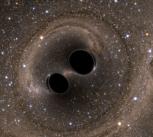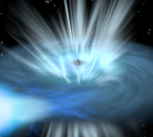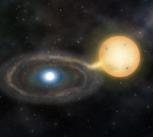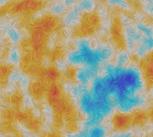Gravitational vortex provides new way to study matter close to a black hole
12 July 2016An international team of astronomers has proved the existence of a ‘gravitational vortex’ around a black hole, solving a mystery that has eluded astronomers for more than 30 years. The discovery will allow astronomers to map the behaviour of matter very close to black holes. It could also open the door to future investigation of Albert Einstein’s general relativity.










